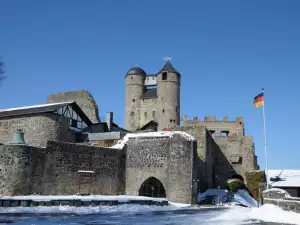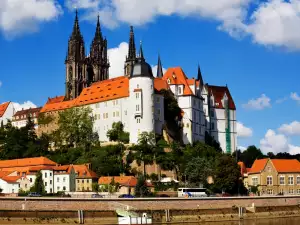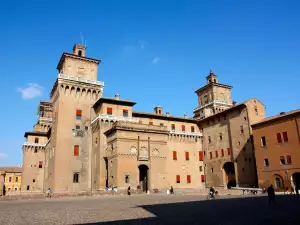Sforzesco castle in Milan
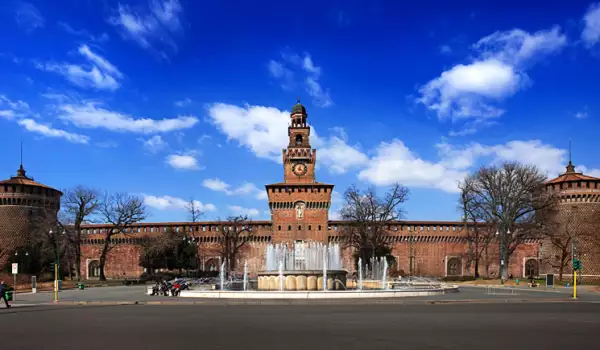
Sforzesco castle is located in Milan and is one of the most famous historical monuments not only for the city but also throughout Italy. The beautiful palace brings dramatic history, having been destroyed several times. As a result, today Sforzesco castle has been turned into a symbol of both happy and tragic stories of Milan.
The original fort site today of Sforzesco is named Di Porta Giovia and was built between 1360 and 1370. The Castle has stood along the medieval walls of Milan, and today one of the gates in Sforzesco brings its medieval name.
The fortress was built by Galeazzo Visconti II, who decided to erect the building primarily as a defense fort. Then, his heirs and Gian Galeazzo Maria Filippo continued to refine the building. The second fortress of the survivors became residence of Sforzesco castle and arranged a gorgeous park in the northern dawn of the estate. The castle, built by the Visconti had a square base of 180x180 m and each corner had built a watchtower.
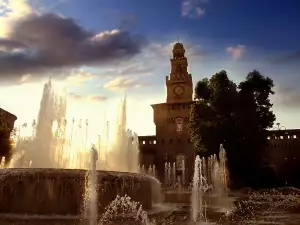
In the 15th century Francesco Sforza takes the place of the original fort beautiful Renaissance palace. After a difficult and devastating period in the history of the Sforzesco castle in 1861 Bertrami architect Luca Beltrami became responsible for the overall reconstruction and restoration of the palace. Everything was a reminder of the old fortress and around the castle they built new fortifications.
Rocchetta and Boa towers were restored, and upper parts of the other round towers too. Tower Filarete was completely demolished and rebuilt in 1905. Sforzesco castle is again under the full tutelage of Milan and since then, it has housed several museums and libraries.
Today the castle includes galleries with various exposures - the Museum of Ancient Art, Museum of musical instruments, and several galleries with photos. Sforzesco visitors have the opportunity to enjoy the Rondanini Pieta which is the last and unfinished work by Michelangelo.
In the galleries you can see the works of Renaissance art, as well as those of 17 centuries. Among his works are paintings by Italian master Andrea Mantegna, Giovanni Bellini, Filippo Lippi, Jacopo da Pontormo and Correggio.


